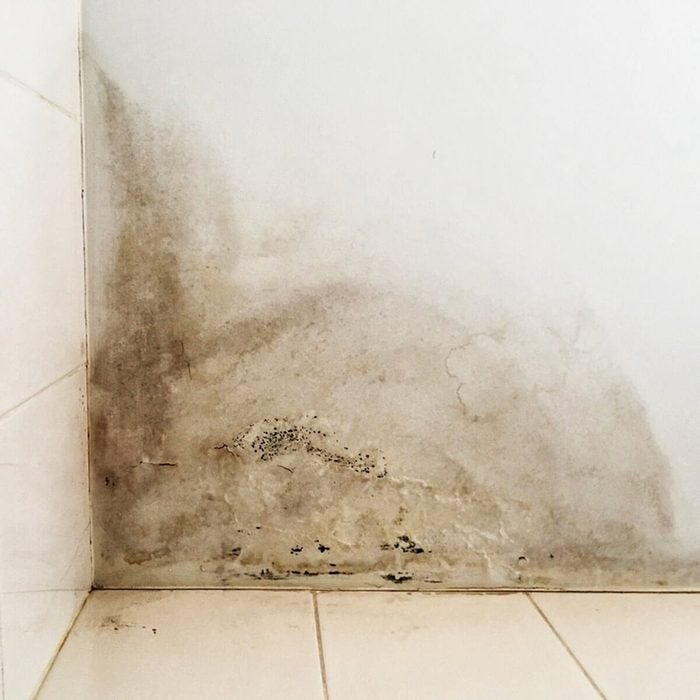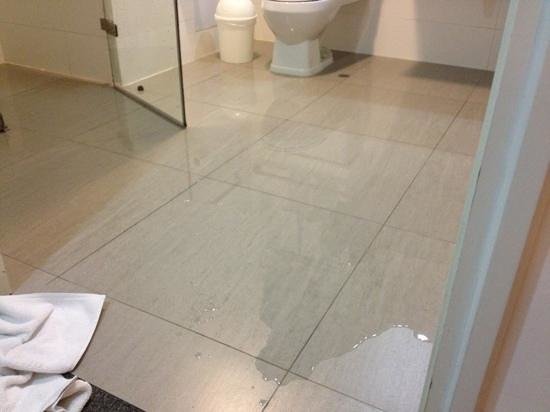Reasons Behind Bathroom Water Damage
Reasons Behind Bathroom Water Damage
Blog Article
How do you feel when it comes to How to Repair and Prevent Bathroom Water Damage??

Water damage commonly occurs in the shower room as a result of the water made use of day-to-day. In some cases, the damage could be a little mold from the shower. Other times, it's enormous damages on your flooring. Whatever it is, it is always good to understand the cause as well as avoid it before it happens.
This overview will certainly experience a few of the typical root causes of water damage in the shower room. We will also analyze what you can do to stop these causes from damaging your washroom. Let's dive in.
These are the usual reasons you would have water damage in your bathrooms and also just how you can identify them:
Excess Moisture
It's cool to have that lengthy shower as well as splash water while you hem and haw as well as act like you're carrying out, but occasionally these acts might cause water damage to your washroom.
Sprinkling water around can cause water to go to edges as well as create molds. See exactly how you spread excess dampness around, and when you do it, clean it up to avoid damage.
Splits in your wall tiles
Shower room wall tiles have been specially created for that purpose. They secure the wall from dampness from people taking showers. Nonetheless, they are not indestructible.
Occasionally, your shower room wall surface ceramic tiles split as well as permit some moisture to leak right into the wall. This can potentially ruin the wall if you don't take any kind of action. If you observe a crack on your wall surface tiles, fix it immediately. Don't wait till it ruins your wall.
Overflowing commodes as well as sinks
As people, in some cases we make errors that can trigger some water damage in the restroom. As an example, leaving your sink faucet on could trigger overflowing and also damage to other parts of the restroom with dampness.
Likewise, a defective bathroom could cause overflowing. For instance, a broken bathroom take care of or various other parts of the cistern. When this occurs, it might harm the floor.
As soon as you discover an overflowing sink or commode, call a plumbing professional to assist deal with it right away.
Burst or Dripping Pipes
There are lots of pipelines lugging water to different parts of your shower room. Some pipelines take water to the commode, the sink, the taps, the shower, and also many other locations. They crisscross the little location of the washroom.
Every so often, these pipes could obtain rusty and also burst. Other times, human action might create them to leakage. When this happens, you'll discover water in the corners of your bathroom or on the wall surface.
To find this, look out for gurgling walls, mold and mildews, or mold. Call a specialist emergency situation plumber to repair this when it takes place.
Roof Leaks
Sometimes, the problem of water damage to the shower room might not originate from the washroom. For example, a roof leakage might cause damages to the bathroom ceiling. You can identify the damages done by considering the water discolorations on the ceiling.
If you discover water discolorations on your ceiling, examine the roofing system to see if it's harmed. Then, call an expert to help fix the issue.
Conclusion
Water damage to your shower room can be annoying. However, you can handle it if you prevent a few of the reasons stated in this guide. Call a professional emergency situation plumbing professional if you observe any severe damages.
How to Prevent Water Damage in Your Bathroom?
Water damage repair is an expensive, meticulous, and lengthy process. Unfortunately, bathrooms are the most susceptible rooms to water damage due to toilets, showers, and sinks. Pipes and fixtures wear out over time and are not immune to damage. But all is not lost, as there are ways to prevent water damage from occurring in your bathroom.
Check Your Plumbing
Nothing lasts forever, especially pipes, which can rust and begin leaking over time. You should periodically conduct pipe inspections and pay attention for any musty smells or water stains that may indicate you need water damage repair. Here are some things to check:
Frequently test valves for your toilet, shower, and sink to ensure they are properly working. Check faucet supply lines hidden under vanities and replace when needed. Replace cracked or deteriorating caulking along sinks, tubs, and showers. If you notice a clog in your sink, call in a professional. Since you can’t check the pipes in the wall, keep an eye out for stains, drywall bubbling, musty smells, and excess moisture; if the bathroom is on a second level, check the ceiling of the room directly below for these signs. Don’t Overwork Your Toilet
One of the most common reasons bathrooms need water damage repair is due to overflowing toilets. Save yourself the hassle of cleanup by being mindful and not pushing your toilet to extreme limits. If you have young children, it is especially important to keep an eye on them when they are in the bathroom and to teach them how to avoid clogging the toilet. Here are some more tips to help prevent your toilet from overflowing:
If you have a septic tank, only use septic-safe toilet paper Do not flush anything down the toilet besides toilet paper; items like diapers and sanitary napkins will clog the piping Pay attention to your toilet’s water level: If it’s low, it could mean it is partially clogged or that there is a crack in the toilet bowl https://www.alure.com/home-improvements-blog/resources/how-to-prevent-water-damage-in-your-bathroom

As a person who reads on How to Repair and Prevent Bathroom Water Damage?, I think sharing that piece of writing was really useful. Sharing is good. You just don't know, you will be helping someone out. Thanks a lot for taking the time to read it.
Avoid more damage, call now! Report this page